Raja Ravi Varma (1848-1906) was one of the most celebrated and renowned artists born in Kilimanoor in the erstwhile state of Travancore. He belonged to a royal lineage and based on the family lore narrated by biographers, Raja Ravi Varma had an extrovert, talkative, and loveable personality. He is recognized and appreciated worldwide for his splendid contributions to the arena of Indian art. His exquisite portraits of the royals, and illustrious personalities, along with the portrayal of religious and mythological subjects granted him great admiration by the art enthusiasts. However, his endeavor to establish the printing press and make reproductions of his artworks gained him recognition and respect from the masses, especially commoners.
Vishnu riding Garuda
India has always been a culturally rich nation, with a variety of art forms practiced around depending on the region, community, belief, or indigenous resources. Raja Ravi Varma was brought up at a time when Rajput and Mughal miniatures along with folk painting traditions like Pattachitra or Thanjavur were prevalent in India. The depiction of deities based on Hindu mythology was a celebrated subject in these paintings. However, the nineteenth-century was also a time when Britishers were occupied with documentation of their reign in India with their academic style of painting. The technique of oil as a medium of painting was refreshing to the Indian masses at that time. Raja Ravi Varma learned this technique by observing Theodor Janson, a Dutch painter visiting the royal court of Travancore. With his unique sensibility, Raja Ravi Varma gradually combined his cherished Indian themes with Western academic techniques and style, giving him a distinct identity as an artist.
Some of the celebrated paintings by Raja Ravi Varma consist of episodes from the Ramayana and Mahabharat series, epic ancient literary works like Abhijnanashakuntalam, portraiture of novelties, and historic events amongst others. The artworks like Lady in the Moonlight, goddess Saraswati, Laxmi, or Jatayu Vadham, Damayanti and the Swan, and Shakuntala are amongst the epic works that left a lasting impression. By observing his paintings, one can comprehend the use of Western academic techniques like the evident sense of perspective, chiaroscuro, depth, and dimension that was fairly new to Indian art tradition. His paintings were vibrant with rich colors and particularly detailed with the attention on realistic textures like the folds of drapery, jewellery, and background elements. However, one notable aspect of his art is the abundance of life, very similar to Indian art, especially miniatures with its generous inclusion of lush vegetation where the variety of flora and fauna seems laden with fruits and flowers.
Madalasa Ritudhwaj
During the time of Raja Ravi Varma, art in India was largely restricted to the rich royals and novelties with the common people having limited engagement with fine art. It was often viewed as a status symbol among the elite who focused on showing off their wealth and lavish life through the highly commissioned artworks. Also, these patrons commissioned the paintings majorly for their private collections, royal galleries, or palaces and estates that were beyond the reach of the common public. Concerned with the existing scenario, Raja Ravi Varma broke down this barrier between the rich and poor with the advent of affordable mass printing of his artworks. He intended to take his artworks to the common man and not limit them to a privileged few.
The establishment of Ravi Varma Fine Arts Lithographic Press in 1894 revolutionized the art landscape in India and made it available to people from all walks of life. By producing affordable oleographs (a type of lithographic print), he transformed art from a luxury into a commodity. It was, for some time, India's largest and most innovative picture printing establishment. Several German technicians were hired to look after the servicing and working of the machines. The printing press could produce up to 800 impressions per hour. A German lithographer Schleicher who later purchased the press in 1903 was an expert in his profession and managed the printing process. He introduced the required infrastructure necessary to run the steam-driven lithographic machinery and played a pivotal role in the press.

Interior of a lithographic printing studio around 1900; Oleograph, c.1900
The lithographic printing machine of Ravi Varma functioned on the principle that oil and water do not mix. It involved creating an image on a flat stone slab with an oily or waxy substance and then fixing the image with chemicals. Later, the stone was inked and pressed into paper to take a print. While Lithography was the principal printing technique, terms like oleographs and chromolithographs often used in Ravi Varma’s prints context, represent different methods of achieving color and detail in prints. Oleographs referred to the technique of using oil-based ink and involved several runs of plates into the press, with each coating adding a new color or detail. However, chromolithography, unlike oleographs, relied on the precise alignment of multiple color plates in a single run to get detailed and colorful prints.
The chromolithographic prints of Laxmi and Saraswati first launched in 1894 broke the barrier of every religious injunction based on creed and cast and entered the homes as a uniform revered Hindu idol. Earlier images of Hindu deities were stylistic in appearance and often two-dimensional or illustrative. However, Ravi Varma bridged the gap between human and divine with his realistic human-like appearance of deities. His visual images of gods and goddesses which attained celestial reverence impacted almost all walks of life. His prints were found in households, temples, and public spaces, especially amidst middle-class and rural communities. The popular prints or calendars were often collected, framed, and worshipped. They were further embellished with glitters, sequins, or beads by household women, showing the level of creative engagement with the fine art.
Goddess Lakshmi
The success of the press also inspired other artists and publishers to explore lithographic techniques, contributing to the spread of art and visual culture in India. Several artists who worked for the Ravi Varma Press were Raja Raja Varma himself, Mahadev Visanath Dhurandhar, G. Venkatesh Rao, K.S. Siddalingaswamy, and Dadasaheb Phalke amongst others. He had a huge influence on Indian literature, comics, the film industry, and calendar art. In fact, Phalke’s earliest mythological films are virtually animated Ravi Varma prints. He not only democratized art but left a lasting impression on Indian popular culture, religious iconography, and Indian cinema.
References and Further Reading
- Bautze, J. (Joachim). 1998. Interaction of cultures : Indian and western painting, 1780-1910 : the Ehrenfeld collection. Alexandria, Va: Art Services International.
- Kapur, Geeta. 2000. "When Was Modernism: Essays on Contemporary Cultural Practice in India": Tulika
- Mitter, Partha. 1994. Art and nationalism in colonial India, 1850-1922 : occidental orientations. Cambridge [England] ; New York, NY, USA: Cambridge University Press.
- Pande, Ira. 2010. "Review: A King Among Painters." India International Centre Quarterly 128-133.
- Raja Ravi Varma, portrait of an artist : the diary of C. Raja Raja Varma. New Delhi : Oxford University Press.
- Schelberger, Erwin Neumayer and Christine. 2003. Popular India Art: Raja Ravi VArma and The Printed Gods of India. New Delhi: Oxford University Press.
- Thakurta, Tapati Guha. 1991. "Women as 'Calendar Art' Icons: Emergence of Pictorial Stereotype in Colonial India." Economic and Political Weekly 91-99.
- Uberoi, Patricia. 1990. "Feminine Identity and National Ethos in Indian Calendar Art." Economic and Political Weekly 41-48.





















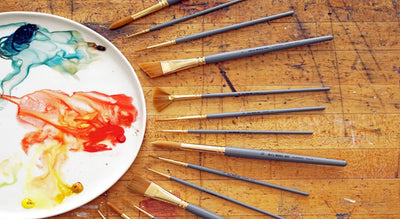
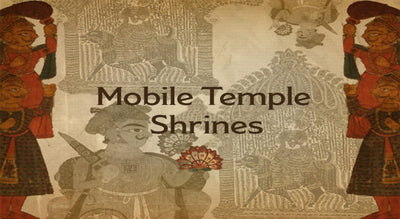
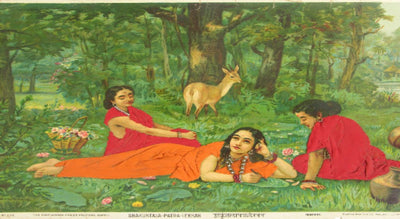
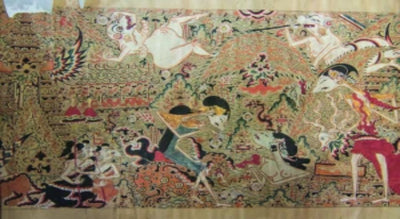
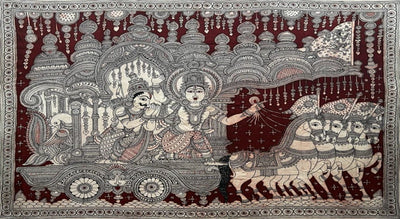








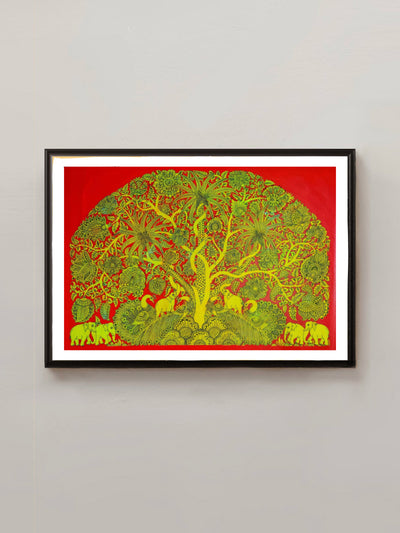








0 comments